- Home
- >
- Preservation Archaeology Blog
- >
- Significant Results
Archaeology Southwest President Bill Doelle writes: I recently returned from my second visit to Mule Creek, and we are far enough into the season that there are significant results emerging from the Fornholt excavations.
Our research design includes several basic questions about the Fornholt site that are based on observations made last season, when a small crew cleared and mapped walls visible on the surface of the site. That work suggested that the northern room block had burned, that the larger southern room block contained some two-story rooms, and that the southern room block was built around a probable kiva. Photos from my field visit show how our student excavation teams are starting to address these issues.
Henry was drawing with such intensity and focus that I had to make him look up for a photo.
Henry and H. T. completed their excavation unit in a room in the northern roomblock. They found no evidence of burning, though there was a probable underlying earlier occupation layer. Having completed the plan view successfully, they are ready to draw the profiles of their unit walls.
Will and Chris sifted the fine gray ash from the slab-lined hearth on the floor of their room in the one-story area of the southern room block.
Zoe and Jake effectively confirmed that there is two-story architecture in the southern room block, and they found remarkable quantities of burned corn in the lower room of their two-story suite.
The “highly probable” kiva has actually turned out to be “highly problematic” thus far. Large postholes, a central hearth, and a prepared floor would be possible indicators of a kiva, but they have not been discovered yet.
Three separate excavation units in the plaza/kiva area make it easier to consult and compare results and impressions between units. This active interaction is essential when excavating produces results that you didn’t expect. These are great learning opportunities. Pilar (foreground); (left to right) Dan, Rob Jones, Emily, Katherine Dungan.
Dan and Elizabeth map large rocks that may represent a wall—which wasn’t expected inside the plaza/kiva area.
This is a great team of staff and students (Kelsey was working in the lab, so I missed catching her field photo). I don’t get to return until the end of the field season, so I look forward to the blog entries to see and hear about the second half of this excavation.
Explore the News
-
Join Today
Keep up with the latest discoveries in southwestern archaeology. Join today, and receive Archaeology Southwest Magazine, among other member benefits.
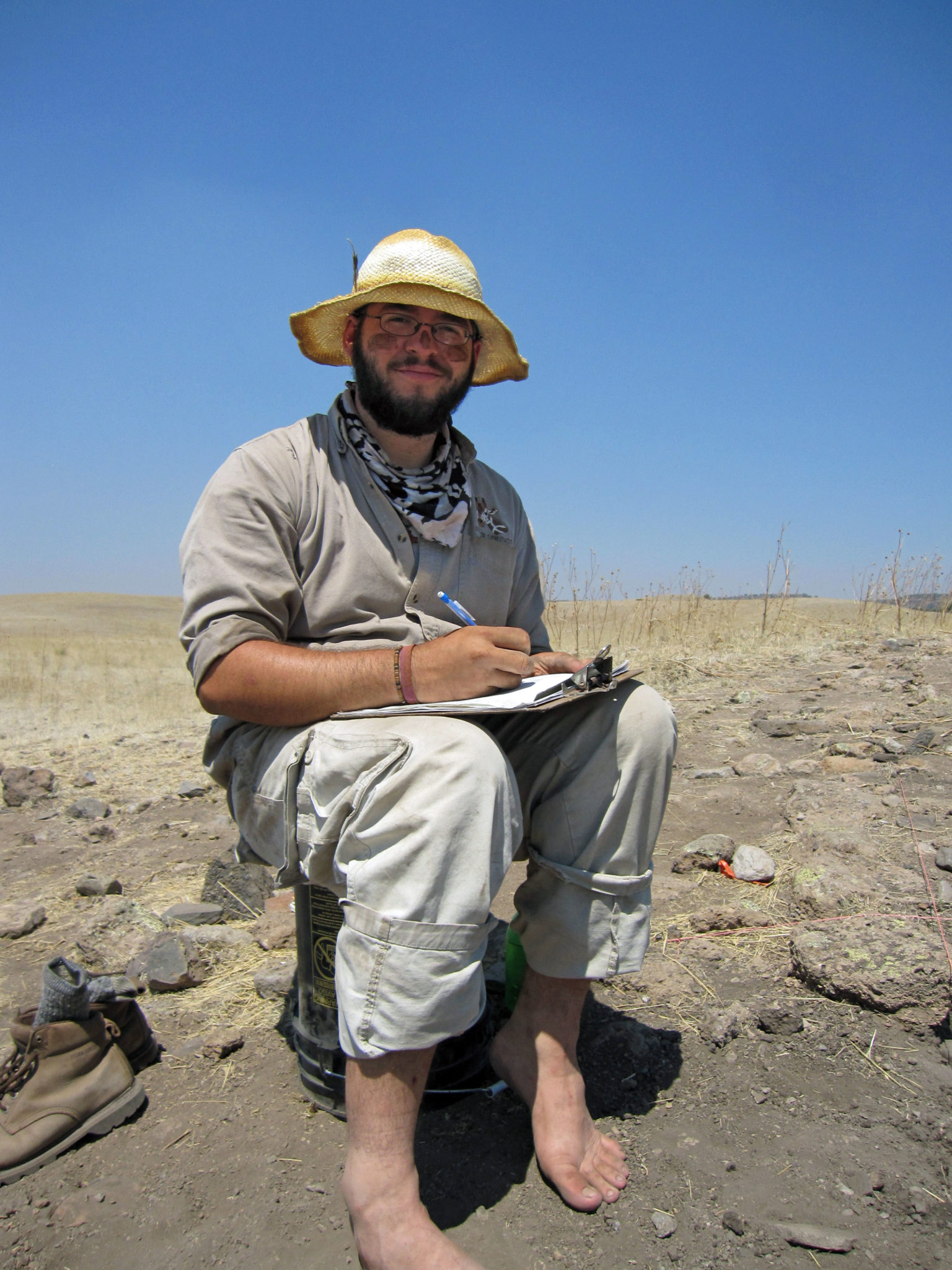
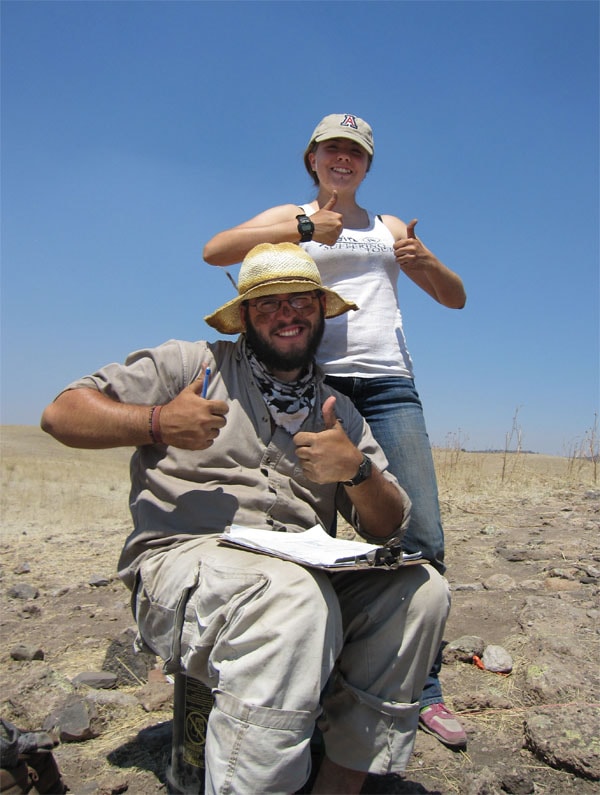

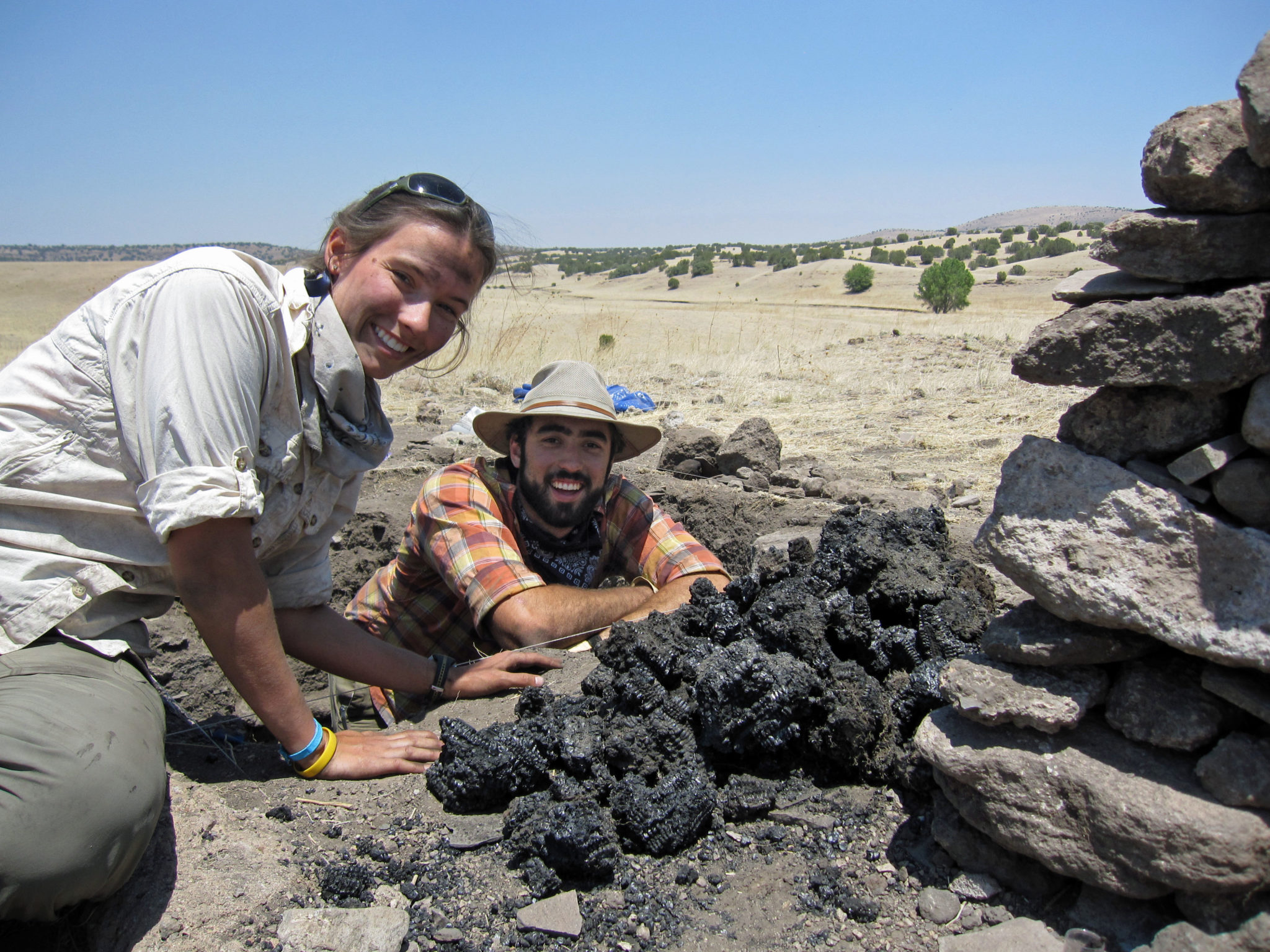
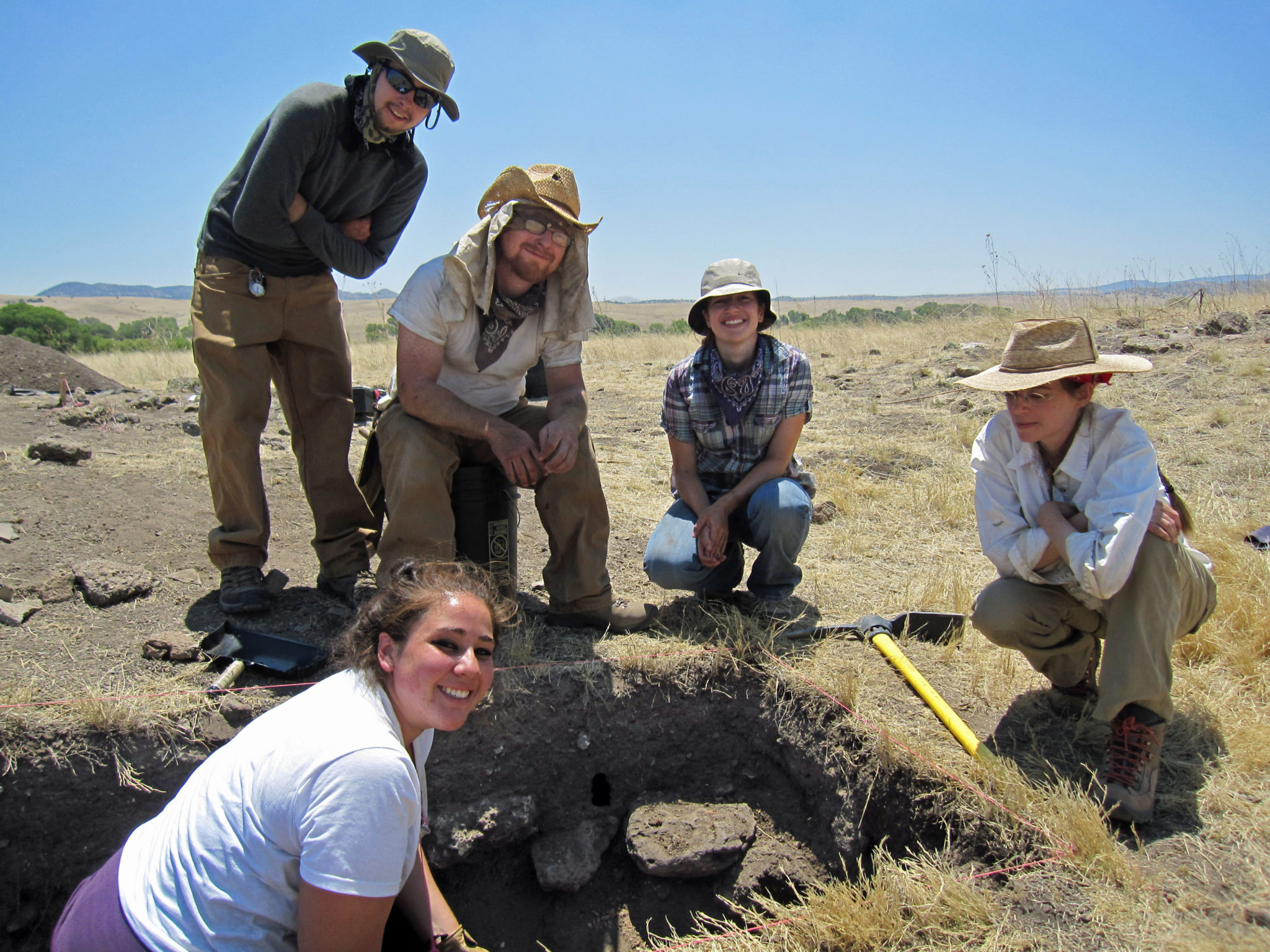
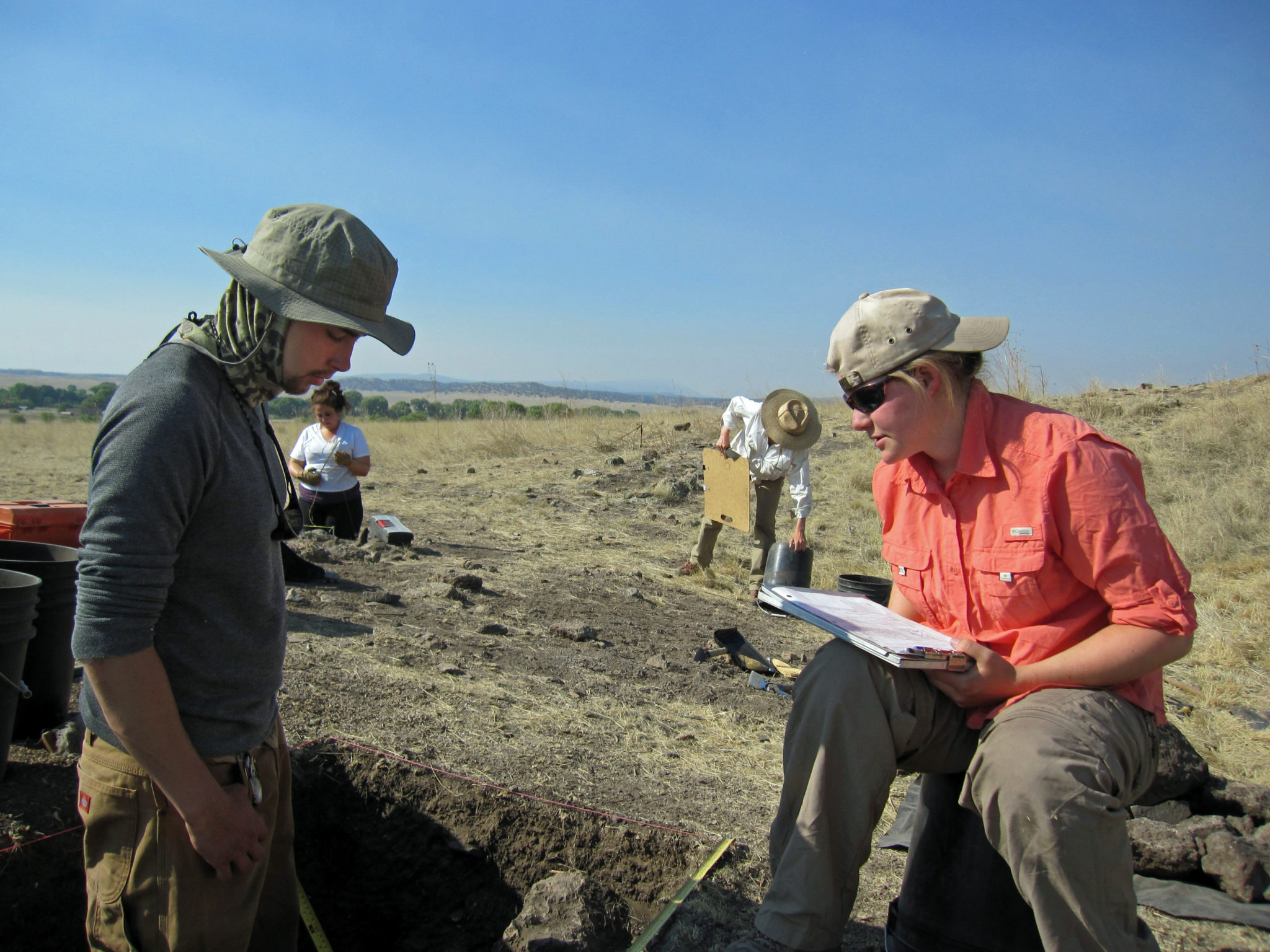
2 thoughts on “Significant Results”
Comments are closed.